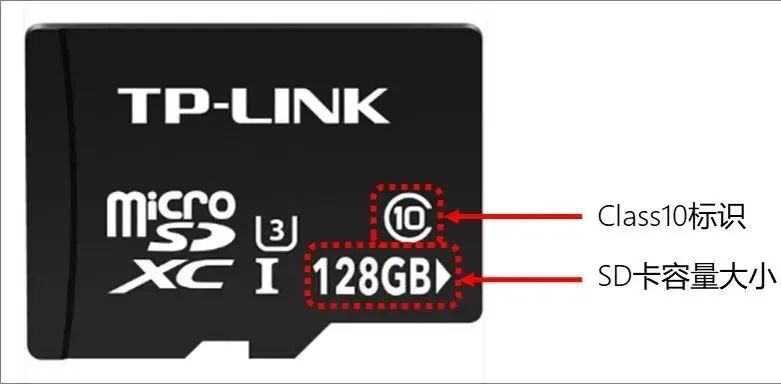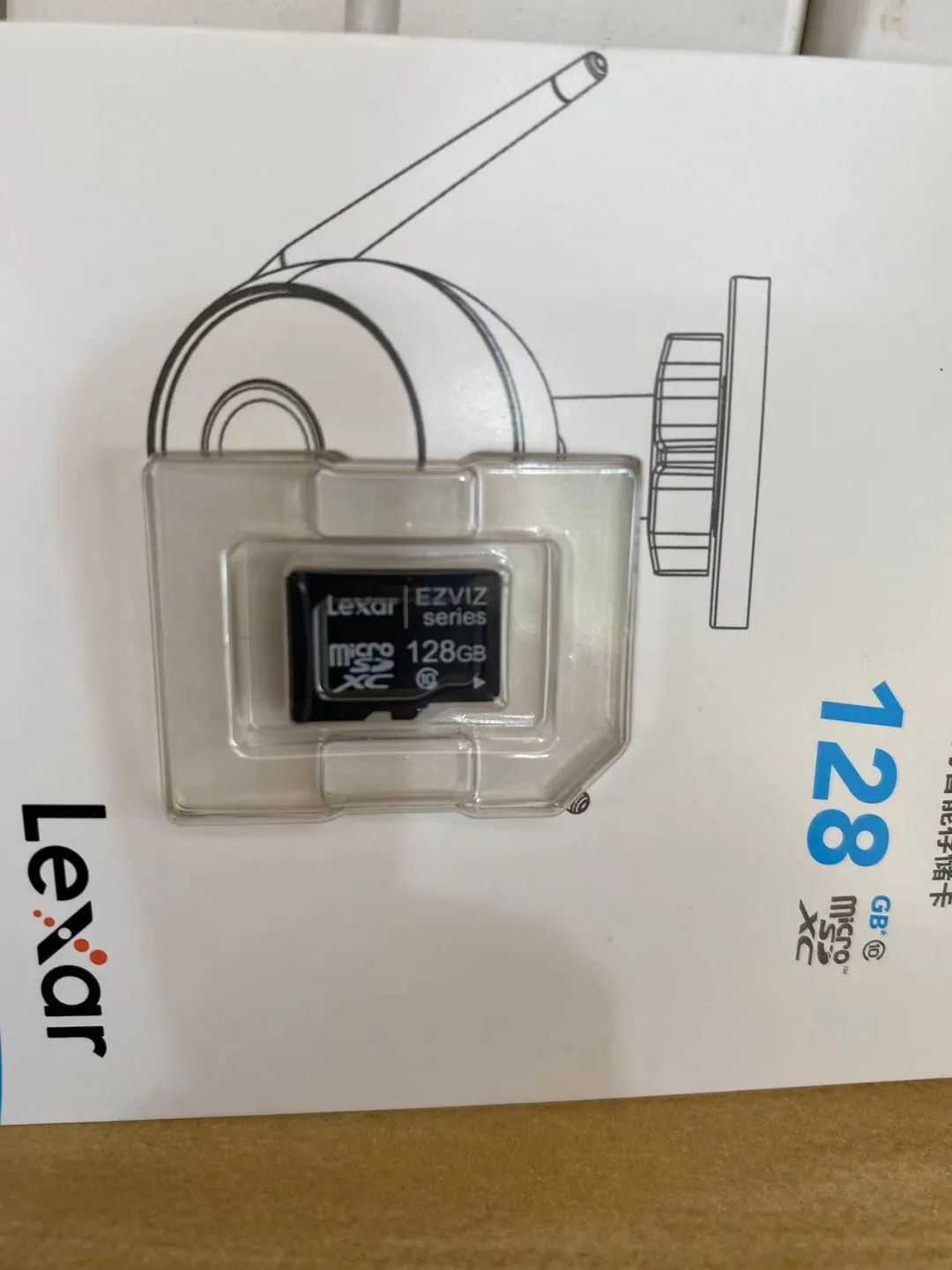The storage of surveillance cameras differs from that of general digital products, requiring higher standards for SD cards due to 24-hour continuous recording.To ensure stable recording, the quality of the SD card must be guaranteed..With numerous brands available on the market and varying quality, many cards are designed for regular file storage and are not suitable for surveillance. Here are some tips for selecting surveillance storage cards.
SD cards have advantages; choosing a good card ensures worry-free recording.
1. Choose Cards that Meet Standards
Surveillance and continuous video writing require certain speed standards for the cards, as follows:
① Read and write speed
② SD card capacity

2. Choose Surveillance-Specific Cards
When a camera records video, it continuously and rapidly writes audio and video data to the SD card, requiring higher standards compared to regular mobile phones or computers. See the image below:

When purchasing an SD card for a surveillance camera, it is essential to choose a surveillance-specific card to ensure long-term stable recording with the camera. Brands like TP-LINK’s entire series of SD cards and the Ezviz series are examples of surveillance-specific cards.
Some may ask, “Can I use a regular card from a big brand?” — Yes, but since they are not designed for surveillance storage, they may not provide sufficient stability in such applications, leading to potential issues. After all, they are not surveillance-specific cards, and the quality of their flash memory chips and their lifespan under continuous writing may not meet surveillance storage requirements, which could result in lost recordings, missing segments, interruptions, or the card not being recognized or falling out.
3. Prefer Authorized Channels
Xingguo Creative Computer Wholesale Department
Xingguo Creative Computer Wholesale Department